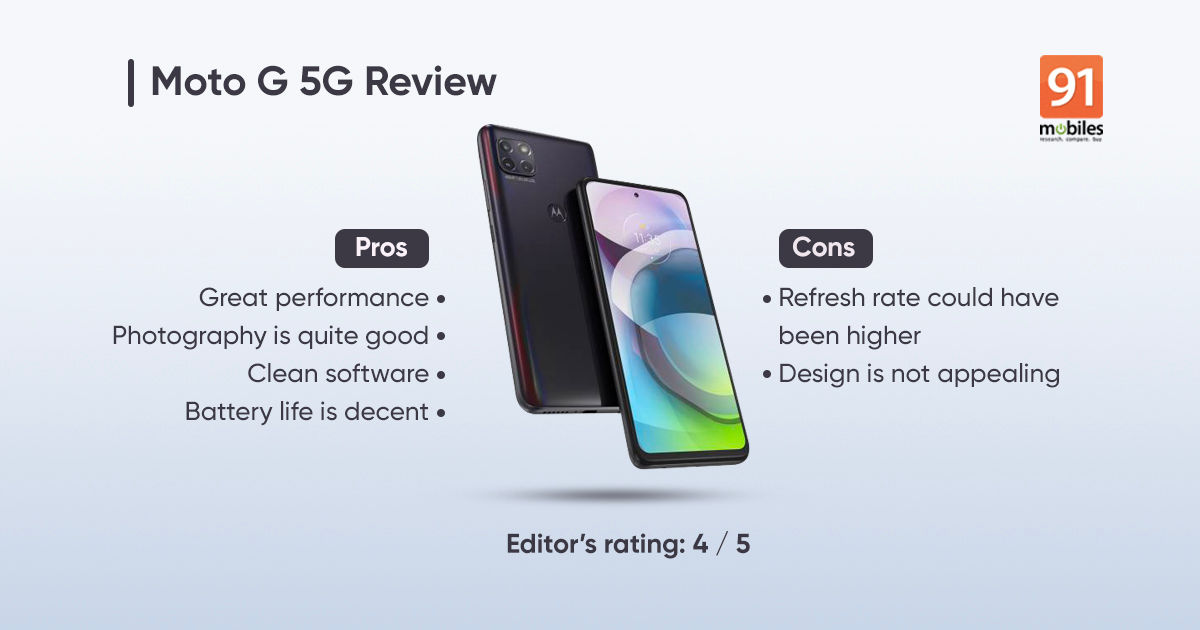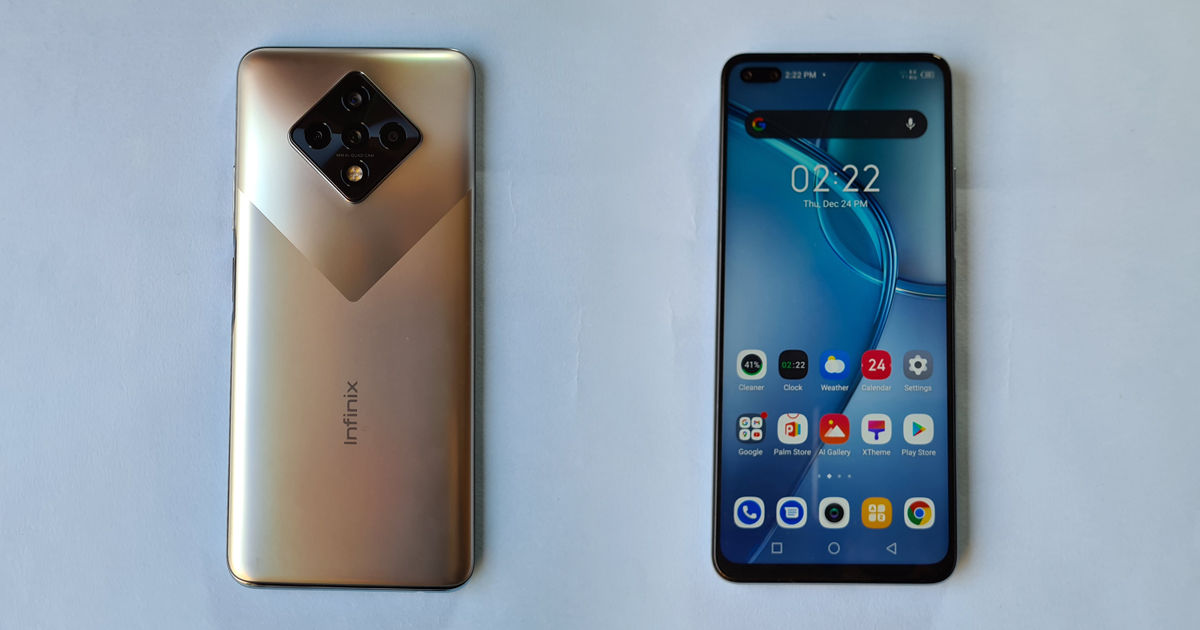Xiaomi Mi 11X review: a high-performance flagship killer with some caveats

Xiaomi debuted in India with an aim to democratise powerful specs, and over the company’s tenure in the sub-continent, the brand has become a force to be reckoned with in the budget and affordable segments. As one of the biggest smartphone OEMs in the country, Xiaomi has a massive share among value for money buyers, though it doesn’t enjoy as much popularity in the premium segment. That brings us to the Mi 11 series of phones, which supersede the company’s Mi 10 range from last year and have been positioned to take on high-end devices from OnePlus and Samsung.
The lineup comprises the Mi 11X, the Mi 11X Pro and the Mi 11 Ultra and for the most part, Xiaomi has managed to undercut the competition significantly. In fact, the Mi 11X I’ll be talking about here has been priced rather aggressively which begs a couple of questions, chief among them being – should you spend Rs 30k on the phone, or splurge a bit more on the iQOO 7, the OnePlus 9R (review), or the Vivo X60 (review)? That’s what I hope to find out in this review. Stay with me.
Table of Contents
Verdict
The Xiaomi Mi 11X is a power-packed offering that should be right up a spec-head’s alley. That said, the smartphone’s camera performance isn’t the best. Still, the Mi 11X is well-suited for most buyers looking for a solid phone under Rs 30K.
Performance
Every phone launched in India tries to offer a USP to prospective buyers, be it in the form of a stellar camera setup as seen on the Mi 11 Ultra, or a capacious battery that will outlast your longest binge sessions. In the case of the Mi 11X, the company is targeting buyers on the lookout for a high-performance handset under Rs 30k. To that note, the smartphone comes equipped with Qualcomm’s 7nm Snapdragon 870 processor which works alongside 6GB or 8GB of LPDDR5 memory, and 128 gigs of built-in, non-expandable UFS 3.1 storage. The unit sent to me for review ships with 8GB of RAM, though the 6GB model should perform admirably too.
Coming to the meat of the matter, the Xiaomi Mi 11X performs like a champ and the Snapdragon 870 processor ensured I didn’t run into any hiccups during my time with the phone. The smartphone could comfortably hold over a half-dozen apps in memory and the app launch times were blisteringly fast too. What’s more, I was able to max out the graphics settings in most popular game titles, and hit the required FPS too… in order to make the most of the handset’s high-refresh rate display. For those curious, here’s a breakdown of all the games I ran on the phone, along with the graphics settings –
- Call of Duty Mobile: Very High graphic quality (DoF, Bloom, Real-Time shadows, Ragdoll and Anti-aliasing enabled), Max Frame Rate.
- ShadowGun War Games: Ultra-high graphic details with the FPS limit set to 120 FPS.
- CarX Drift Racing: Presets for graphics quality, resolution, and smoke intensity dialed all the way up. Further, there was no limit set to the in-game FPS.
- Garena FreeFire: Ultra Graphics with high resolution, high FPS and in-game shadows turned on.
- Genshin Impact: Highest graphics preset at 60FPS (Motion Blur turned off).
I played all these games for around 30-45 minutes at a stretch and during that time, I didn’t notice any performance-throttling either – the games ran as they should without incurring any frame drops and while the phone’s temperature did spike a little, the back of the phone didn’t get too warm to the touch. Furthermore, the handset’s display proved to be quite responsive too, which can be accredited to its blazing fast touch response rate of 360Hz. Correspondingly, the handset will be able to pick up on all your finger gymnastics when you’re in the middle of a heated gun battle too.
As for synthetic tests, well, the results speak for themselves and I netted 6,64,538 points in the Antutu benchmark. Interestingly, I did notice a dip in the scores in subsequent Antutu runs, though the numbers dwindled by just a couple thousand points, which goes on to show the smartphone’s caliber under sustained loads. Rest assured, performance-enthusiasts will find very little to complain about the Xiaomi Mi 11X.
Design
I also quite like the design of the Xiaomi Mi 11X and unlike its predecessors, the handset is quite sleek and measures in at just 7.8mm. What’s more, the device is fairly lightweight too and tips the scales at just 198g, making it among the more ergonomic flagship killers in the market. Don’t get me wrong, the smartphone is still not suited for one-handed usage as the accompanying frame is quite tall. But, you should feel lesser wrist fatigue when using the phone day in and day out compared to, say, the Mi 10T from last year.
As far as the smartphone’s looks are concerned, the Xiaomi Mi 11X manages to look the part of a premium phone and feels luxurious to hold too, thanks to its all-glass chassis. That said, I’d advise against opting for the Cosmic Black colourway sent to me for review, as the finish is a fingerprint magnet and you’ll spend a good chunk of your day wiping away the smudges. That’s not all, as despite shipping with Hi-res audio certification, the smartphone omits the 3.5mm headphone jack, a likely casualty incurred whilst reducing the Mi 11X’s overall girth. Thankfully, Xiaomi does bundle a USB Type-C to 3.5mm convertor with the retail packaging of the phone, so all is not lost.
The rest of the controls comprise an IR Blaster positioned towards the top of the phone which can be used to control numerous electronic equipment at your home, a Type-C connector as well as a clicky volume rocker present on the right-hand side of the frame. The handset also ships with a side-mounted capacitive fingerprint sensor, as well as facial recognition, both of which worked flawlessly during my testing, so no complaints here. As for audio, the smartphone ships with a stereo speaker setup that gets quite loud, although the sound output lacks depth and will be construed by many to be a tad shrill.
Display
Samsung’s E4 AMOLED display is all the rage at the moment and the same can be found on a handful of affordable smartphones. The Xiaomi Mi 11X is no different and ships with a 6.67-inch, Full HD+ E4 AMOLED screen that refreshes at 120Hz. The panel ships with HDR 10+ certification as well and offers a peak brightness of 1,300 nits, making it plenty bright for outdoor usage as well. Specs-aside, the panel offers ample contrast and exhibits vibrant colours, ensuring the content you’re consuming on the screen pops out that much more. Add to that the display’s byte-sized, punch-hole notch and you’ll be completely immersed in your favourite movies and shows.
Of course, the screen’s 120Hz refresh rate helps too, and ensures users are greeted with buttery smooth animations. I ran DisplayChecker to gauge the real-time refresh rate across a slurry of different apps and barring Netflix, the panel was locked at 120Hz, which is great.
Furthermore, you can also finetune the screen’s colour temperature and enable bundled niceties like a reading mode to reduce the strain on your eyes at night, and an Always-on Display that will give you an idea of your notifications without unlocking the phone.
Cameras
On to the cameras and here, the Xiaomi Mi 11X fails to hit the nail on the head and outputs photos that aren’t so great. The handset features a triple camera setup at the back comprising a Sony IMX 582 48MP sensor which works alongside an 8MP ultra-wide angle sensor and a 5MP Tele-macro unit. For selfies, the device gets a 20MP selfie camera upfront.
On paper, the Mi 11X features a capable camera stack but the pictures snapped by the smartphone leave something to be desired. The daylight shots, for instance, lack detail at a closer crop and exhibit a lot of noise around the shadows or the darker parts too. Furthermore, the images suffer from highlight clipping too, which is evident from the shot of trees in my society and here, you will notice harsh white spots between the twigs. I also noticed that the smartphone’s dynamic range wasn’t up to the mark and the handset struggled to bring out the details from the shadows, which can be seen in the wide shot of the pink building wherein, the tree in the foreground is completely darkened. The colour science isn’t the best either and even with AI scene recognition turned off, the Mi 11X’s photos swayed in favour of warmer colour tones.
The same goes for the ultra-wide sensor too and while you do get a wider field of view here, the images output lacklustre corner details. What’s more, there’s a noticeable colour temperature disparity between images shot from the main and the ultra-wide angle sensor as well. As for macros, the Mi 11X can click serviceable closeups provided you keep your hands still. Thankfully, unlike some other competing devices, the Mi 11X lets users tap on the viewfinder to better focus on the subject in macro mode.
Shots taken after the sun has set aren’t the best either and the Mi 11X’s main sensor introduces noise in the composition. What’s more, there’s noticeable oversharpening when clicking photos with the night mode enabled. As for selfies, the handset can click good quality images from the front camera with accurate skin tones, good bokeh cutout around the subject’s face and oodles of details. Suffice it to say, selfie enthusiasts will find plenty to like about the Mi 11X.
Software and Battery Life
The Xiaomi Mi 11X ships with MIUI v12 on top of Android 11. Now, if this is your first rodeo with the custom skin, then you might get overwhelmed with the features on offer here. To that note, the skin ships with a plethora of customisation features including a built-in theme store, numerous AOD clock styles and much, much more. You’ll also get a slew of utilities with the software, the likes of which include Game Turbo, Floating Windows, a built-in screen recorder and Second Space, which as its moniker suggests, creates a separate space for users to store their personal files, etc. Suffice it to say, these features are but the tip of the iceberg and the Mi 11X has plenty more in store for users.
Unfortunately, as is the case with most other Xiaomi phones, the Mi 11X comes with its fair share of bloatware too. Thankfully, you can uninstall most preloaded apps from the phone and I’d advise you to do the same should you opt for the handset, seeing how the smartphone doesn’t ship with expandable storage. Moving on, I was pleasantly surprised with the Mi 11X’s battery backup and despite shipping with a modest 4,520mAh cell, the smartphone managed to see me through the end of a heavy workday. In fact, I was netting around five hours of screen on time with the phone, and that’s with the display set to 120Hz. As for charging, the handset comes with a 33W brick which allowed me to refuel it completely from 0-100 percent in just one hour.
Competition
I would like to point out that it’s raining smartphones at the minute and the Mi 11X faces stiff competition from the similarly-priced iQOO 7. While I am yet to review the same, both phones offer very similar specs so it will come down to which of the two devices offers a better camera setup. What’s more, buyers with a flexible budget should also keep an eye out for the OnePlus 9R, as well as the Vivo X60, both of which offer superior cameras albeit cost more.
Final Verdict
Xiaomi has amassed a ton of experience by launching a plethora of devices in the country. That being said, despite setting its gaze on the premium segment, the company still needed a compelling, mid-range flagship in order to capture the Rs 30-40k price segment. More importantly, while Xiaomi is still discerned as an affordable phone maker in the country, the Mi 11X should ease the company’s transition into the premium space.
To that note, the Mi 11X is a fantastic smartphone that offers oodles of performance, a sleek and stylish design and a stunning display. While the smartphone’s camera performance could’ve been better, for the price, the Mi 11X gets most things right and therefore, gets a recommendation from me.
Editor’s rating: 3.5 / 5
Pros:
- Excellent performance
- Stylish design
- Gorgeous display
Cons:
- Lacklustre cameras
- No expandable storage
- Lots of bloatware







